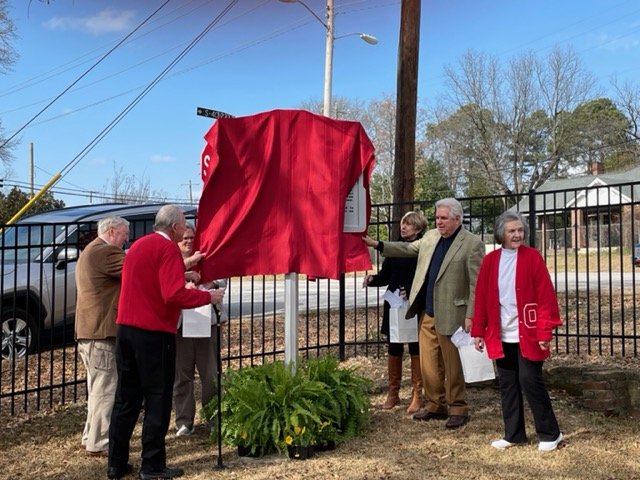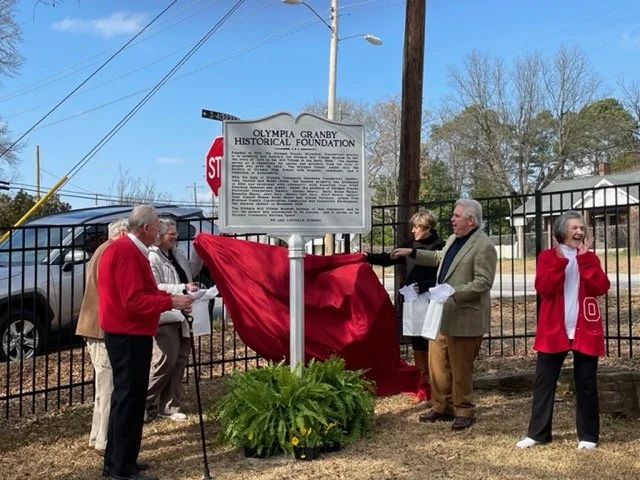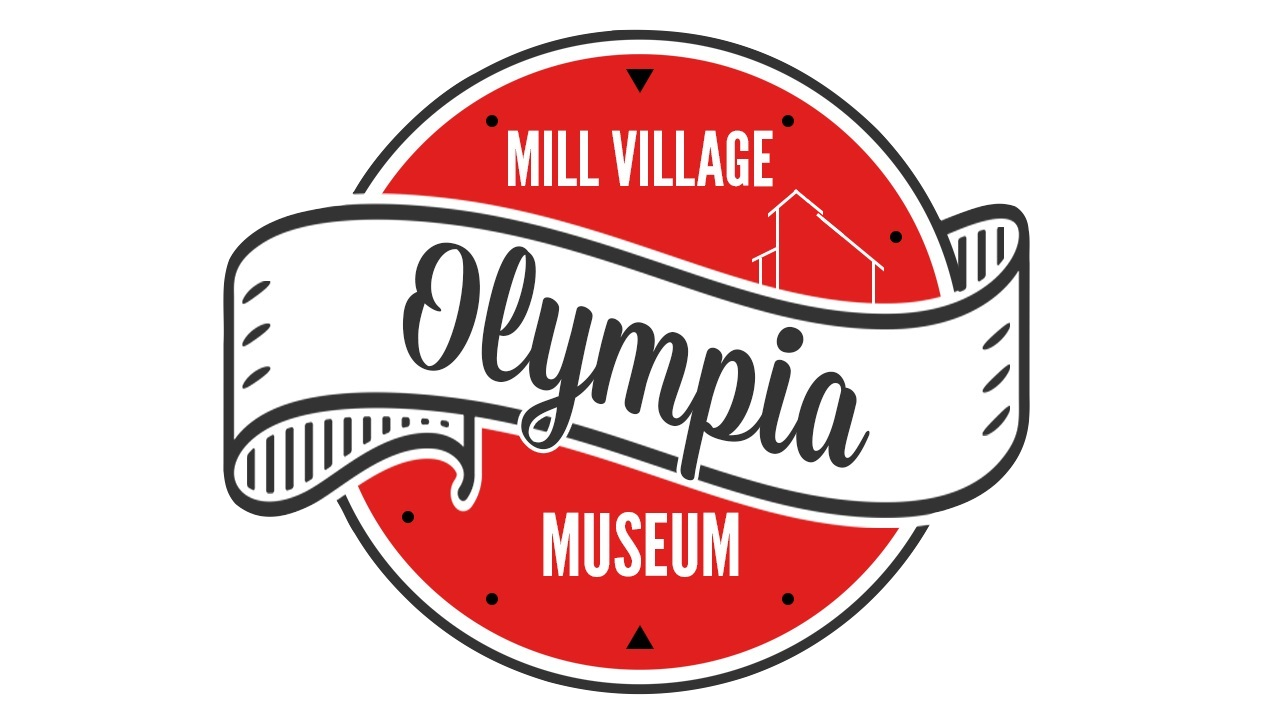
The Olympia Mill Village Museum resides in the heart of the mill village



Our Location
The Olympia Mill Village Museum resides in the original Olympia Mill School building. It stands proudly at the intersection of Bluff Road and Olympia Avenue; the address is 1170 Olympia Avenue. From 1900 until 1942 the house belonged to the mill companies. The mill companies rented the house to families of mill workers. In 1938, the mills unionized and the houses were sold. This house became the private residence the Parker Family. It remained in that family until about 1996, when it became residential and rental property. Our foundation purchased the property in 2014.
Our History
In the early 1900's, mill villages were created throughout the South to entice rural workers to move away from farms and become part of the labor force in the mills. Moving from poor dirt farms to a new mill village was a powerful motivator that created loyalty to the mills and established what became known as “mill village culture.” Mill workers came to be called “Lintheads” because they had cotton lint stuck to their heads after working long, hard shifts. The term was derogatory, but today, being called a “Linthead from Olympia Mill Village” is considered a badge of honor.
Our Donors
Your interest and involvement is appreciated. We welcome help from corporate and individual sponsors who will enable us to meet the museum's yearly budget and ongoing expenses. The majority of our donors are people who either grew up in the mill villages, or they have strong ties because their parents or grandparents worked in the mills or lived in the mill villages. Others are current residents, or just like-minded people, who have connected with the heritage of this historic place. Also, we receive support from community businesses who are committed to preserving this legacy.
Museum Content
The School House Museum tells the story of “Life in the Olympia Mill Village in the Early 1900’s.” Inside, an original 1901 classroom has been recreated. By the 1920's, mill village life was in full swing, so the museum features a living room, kitchen, and bedroom typical of a mill village home during that time. The content story continues through the decades up to the present time.
Outdoor Exhibits & The Annex
The Outdoor Exhibits reveal information about the mill village architecture and local businesses of that time. The Olympia School Annex traces the 120-year history of this beloved school. It houses photos, artifacts, and collections that document this innovative school’s contribution to the social and economic fabric of the midlands in South Carolina.
Architectural Significance
The museum house was built by Whaley Mills in 1900 as a residential place for mill workers. In the fall of 1901, the house was modified to become the first mill village school—Olympia Mill School. This wooden frame house embodies distinctive characteristics of one type of mill house—it is constructed in the six room “Two Rooms Up and Four Rooms Down” style.

